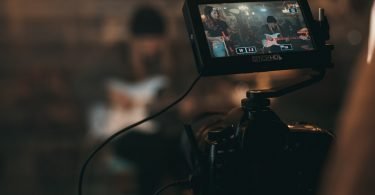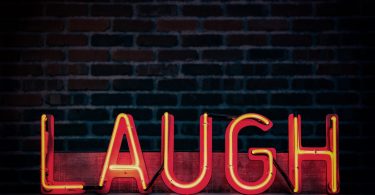As the news of the death of Drummer Lee Rigby from the attack on the 24th of May in the London dis
As the news of the death of Drummer Lee Rigby from the attack on the 24th of May in the London district of Woolwich started to emerge, so did a film of the suspect Michael Adebolajo. The film, which shows Adebolajo with blood covered on his hand after the attack, was recorded and obtained by ITV, and broadcast on its news programmes. The BBC and Sky also later aired the footage on their output.
What had been a significantly exclusive scoop for ITV had appeared to be quite controversial because of the nature of the film. However, ITN, which produces the programme, as well as Channel 4’s news output, said it was justified and in the public interest, with appropriate warnings conveyed at the 6.30 and 10pm broadcasts, according to a report in The Guardian.
ITN did not respond to Kettle’s request for comment. The Guardian report added that the video had later been edited for viewing on the web site.
The film had also been the nature of complaints. A spokesperson for the broadcasting regulator Ofcom said 634 complaints had been received by viewers pertaining to its broadcast on the BBC, ITV, Sky and Channel 4’s programmes. The spokesperson said that the complaints were all still under investigation.
At the BBC, 364 complaints were made with their broadcasts of the footage. A spokesperson for the BBC said that it acknowledged that the footage had been distressing. “We thought very carefully about the pictures we used in our coverage of the Woolwich murder and gave great consideration to how we used the footage of the attacker,” the spokesperson said. “The footage, captured by a bystander, was an important element of the story and shed light on the perpetrators and the possible motives for the attack. We did not show this in its entirety, we gave warnings for pre-watershed transmission and dealt with the material as carefully as we could. Where there were distressing images we used them sparingly and again, we gave warnings for pre-watershed transmission.”
The spokesperson added that the BBC had been mindful of audiences when the images were used. A request to Sky seeking comment was not returned.
The debate over the airing of the footage opens up again the persistent question in journalism of where to draw the line between which material that is broadcast is sensitive and which material is in the public interest. At times, there are stories that happen that may need material that is considered graphic to help tell it. There is also the consideration of audiences, who perhaps may be offended by the material which is broadcast.
It is by no means easy to make the decision on whether or not to air, print, or put online, photos, audio or video that is distressing when it comes to a story, but sometimes it is the only thing to do to help audiences get the full picture. Other times footage would not be shown because of potential ethical and legal issues.
Indeed, this debate will continue when it comes to any story, but at the end of the day, there is that story to tell, with these questions, and there are different ways to answer them. As a result, decisions may be made to help tell that story that many may disagree with, and when it comes to the Woolwich film, this is one of those occasions.
What do you think? Was it right to air the footage? What decision would you have made regarding the footage? Have your say in the comments section below, on Facebook or on Twitter.








